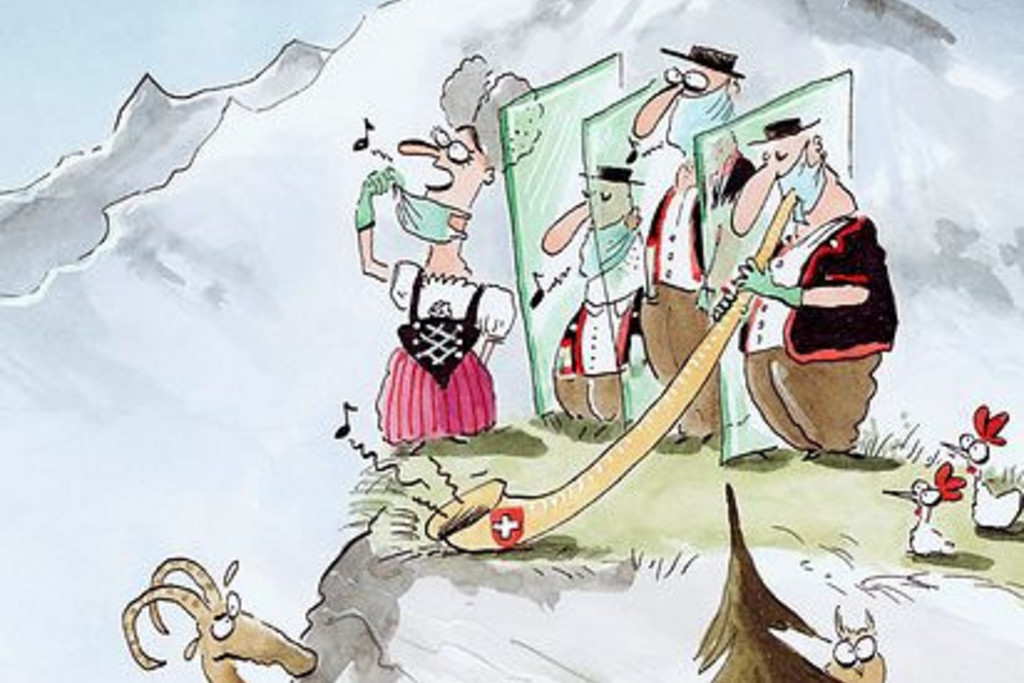
When satire suddenly toed the line
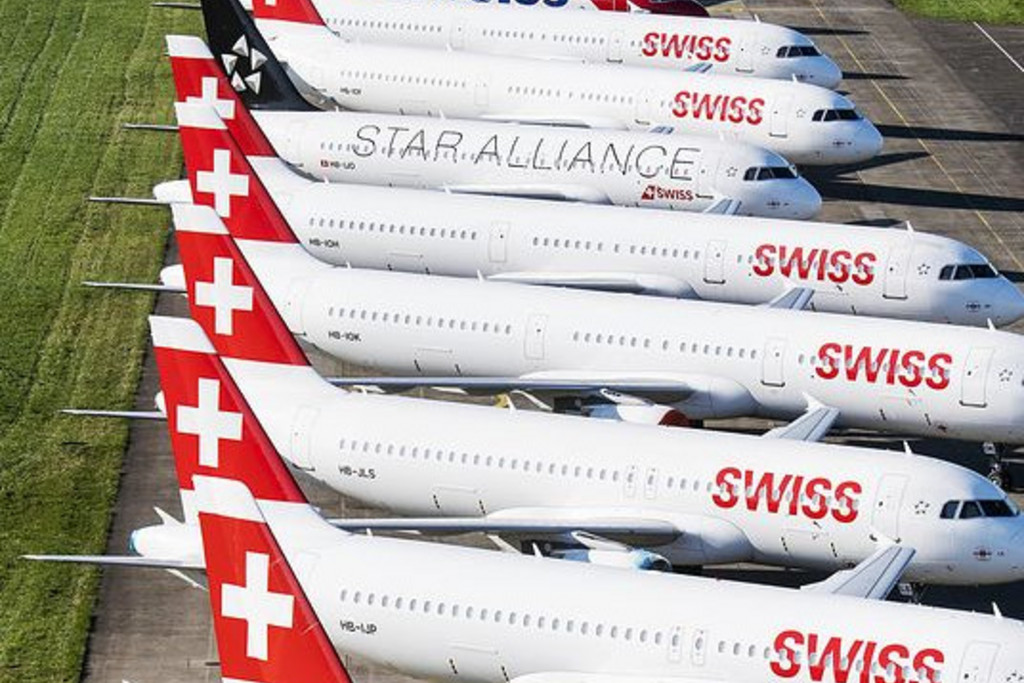
“Go on holiday in Switzerland”
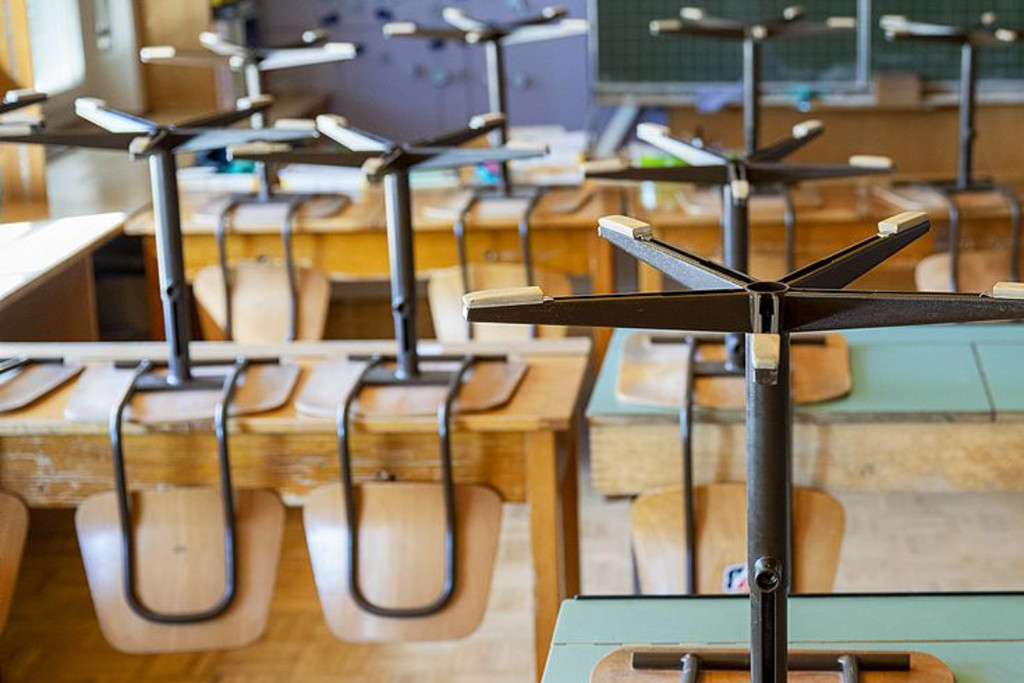
Equality of opportunity compromised
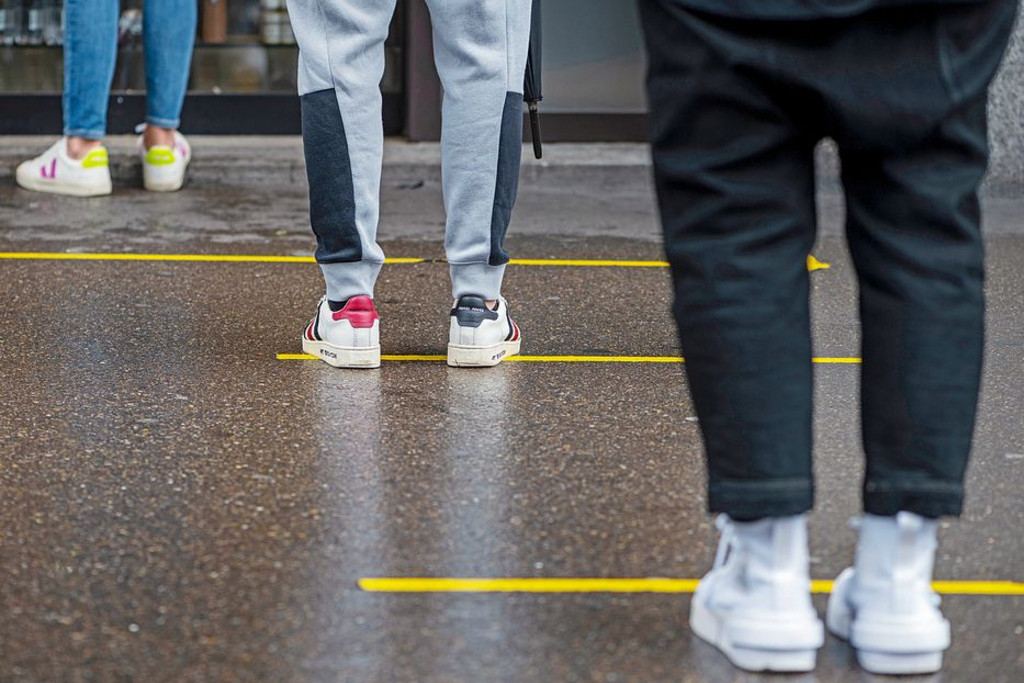
The Swiss experience a new way of life

“Help is on its way” – Switzerland’s multibillion bailout
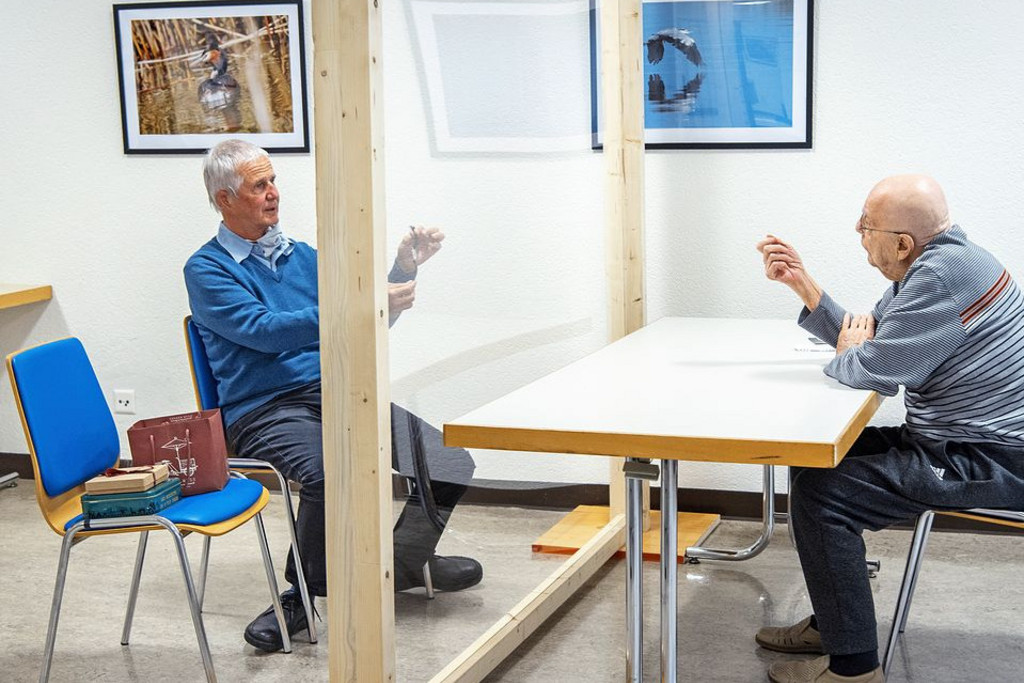
The high-risk group
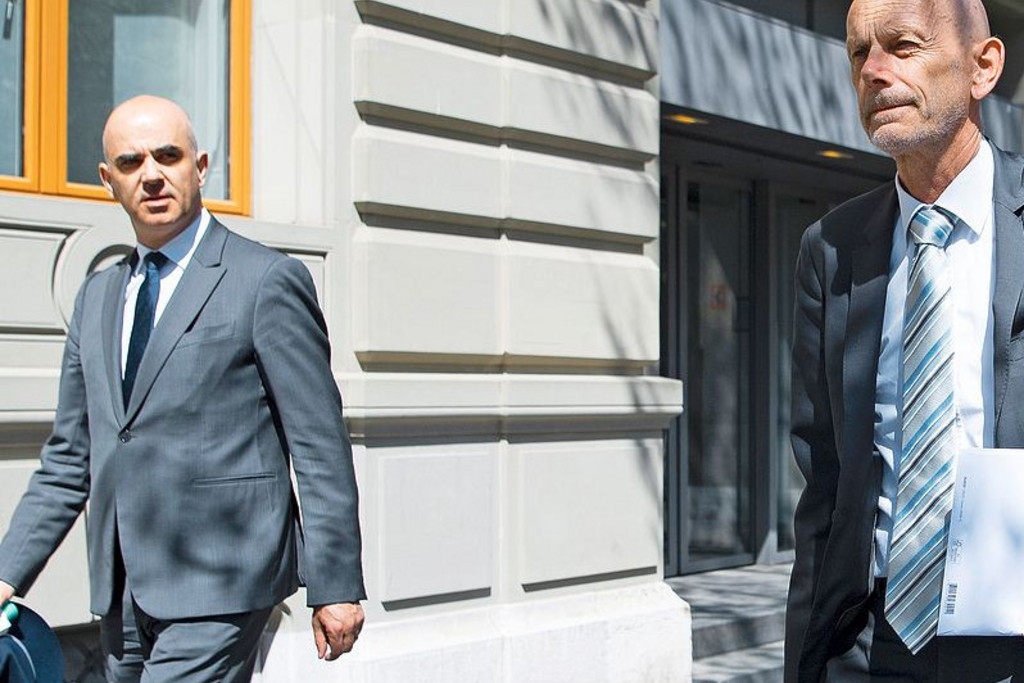

The Federal Council started lifting coronavirus restrictions in Switzerland at the end of April, before ending the lockdown at the beginning of June. However, the number of new infections rose again as society reopened. Protective measures were consequently reinforced at the beginning of July. Apart from new nationwide rules such as mandatory face masks on public transport, additional restrictions apply in some cantons. Here are the key points in our latest COVID-19 timeline.
The following timeline covers the key coronavirus-related milestones in Switzerland since the end of the lockdown (in reverse chronological order):
Due to holiday returnees infected with COVID-19, the Federal Council expands the list of destinations with a high risk of infection. There are now 46 countries on the list, including new entries Spain, Luxembourg and Singapore. Arrivals from these countries must self-quarantine for ten days. Anyone not adhering to quarantine may risk a fine of up to 10,000 Swiss francs. The list of countries (www.ogy.de/mandatory-quarantine) is continually updated.
According to Martin Ackermann, head of the government’s Swiss National COVID-19 Science Task Force, 250,000 to 400,000 people have probably been infected with COVID-19 in Switzerland to date – much more than the 40,000 laboratory-confirmed cases. Epidemiologists believe that 80 to 90 per cent of infections are going undetected. It is still unclear whether people who were infected are now immune, says Ackermann.
Norway puts Switzerland on its red list along with France. When a country is “red”, the Norwegian Ministry of Foreign Affairs advises against non-essential travel to that country. Arrivals from Switzerland must self-quarantine for ten days.
Switzerland decides to classify pregnant women as individuals who are particularly at risk from COVID-19. According to the Federal Office of Public Health (FOPH), pregnant women who contract COVID-19 may be at an increased risk of becoming seriously ill relative to non-pregnant women of the same age. Unborn children also have a higher risk of complications, says the FOPH.
Belgium forbids its citizens from going on holiday to the canton of Geneva, adding it to its COVID-19 risk list due to the high number of infections there. Belgium temporarily places Valais and Vaud on its red list as well..
Face coverings are now mandatory on all forms of public transport in Switzerland. The Federal Council imposes this measure despite having previously delegated responsibility for combating the pandemic to the cantons. According to the President of the Swiss Confederation, Simonetta Sommaruga, this is because the government wants to avoid having different rules apply in different cantons. The measure is also notable given that the Federal Council decided against introducing mandatory face coverings during the first wave of the pandemic.
Due to increased numbers of infected people returning to Switzerland, arrivals from high-risk regions must now go directly into quarantine. Anyone not keeping to quarantine may risk a fine of up to 10,000 francs. The Federal Council approves a list of 29 high-risk countries and areas: Argentina, Armenia, Azerbaijan, Bahrain, Bolivia, Brazil, Chile, Dominican Republic, Honduras, Iraq, Israel, Cape Verde, Qatar, Colombia, Kosovo, Kuwait, Moldova, North Macedonia, Oman, Panama, Peru, Russia, Saudi Arabia, Sweden, Serbia, South Africa, Turks and Caicos Islands, USA, Belarus. The list of countries is continually updated. www.ogy.de/mandatory-quarantine
For the first time since the end of the lockdown, the FOPH announces more than 100 daily new cases of COVID-19. This is more or less on a par with the daily figures in March just before the lockdown.
The SwissCovid coronavirus contact-tracing app is available for smartphones. This free app, which can be used throughout Switzerland, warns users who have come into close contact with an infected person. SwissCovid is intended to help break chains of infection. However, use of the app is voluntary. Further information: www.covidtracker.ch
After the relaxation of restrictions, many people are in the mood to celebrate. Some let down their guard. Partygoers promptly become the first superspreaders. These include people who have returned from holiday – particularly arrivals from Serbia.
For many, 6 June marks a tentative return to everyday life in Switzerland. All remaining educational establishments are allowed to open, as are swimming pools, zoos, botanic gardens, theatres, cinemas, restaurants, bars, and mountain railways. Events for up to 300 people are now permitted.
The Federal Council ends the ban on gatherings of more than five people. Gatherings of up to 30 are now allowed. The police have their work cut out enforcing the new limit, because the warm early-summer weather has encouraged lots of much bigger groups to mingle. Major political demonstrations also begin to take place in many towns and cities. These include thousands-strong anti-racism protests in Basel and Zurich..
An important step out of the lockdown sees primary and lower-secondary schools reopen across the country. Public transport services pick up again, while restaurants can now welcome groups of up to four people. Shops are also allowed to reopen. Requirements for entering the country begin to be gradually relaxed.
Now possible again, subject to compliance with the rules on hygiene and social distancing: visits to hairdressing salons; outpatient treatment at hospitals and medical practices; more people present at funerals than just close family. Garden centres, florists, and DIY stores can also reopen. The same applies to cosmetic studios and massage practices.
Swissinfo editor Renat Kuenzi wrote a timeline covering the outbreak of the pandemic, which you can read in edition 3/2020 of “Swiss Review”. Swissinfo (www.swissinfo.ch) is also providing the “Fifth Switzerland” with continually updated in-depth multilingual coverage of the COVID-19 pandemic: ogy.de/corona-swissinfo
Keeping your distance; washing your hands; wearing a mask; testing and tracing – the Federal Office of Public Health continually updates its guidance on preventing COVID-19 in Switzerland. Further information: ogy.de/corona-bag
Stranded abroad? The Federal Department of Foreign Affairs is helping to repatriate Swiss who are stranded in other countries. Further information: ogy.de/corona-eda
Comments
Comments :